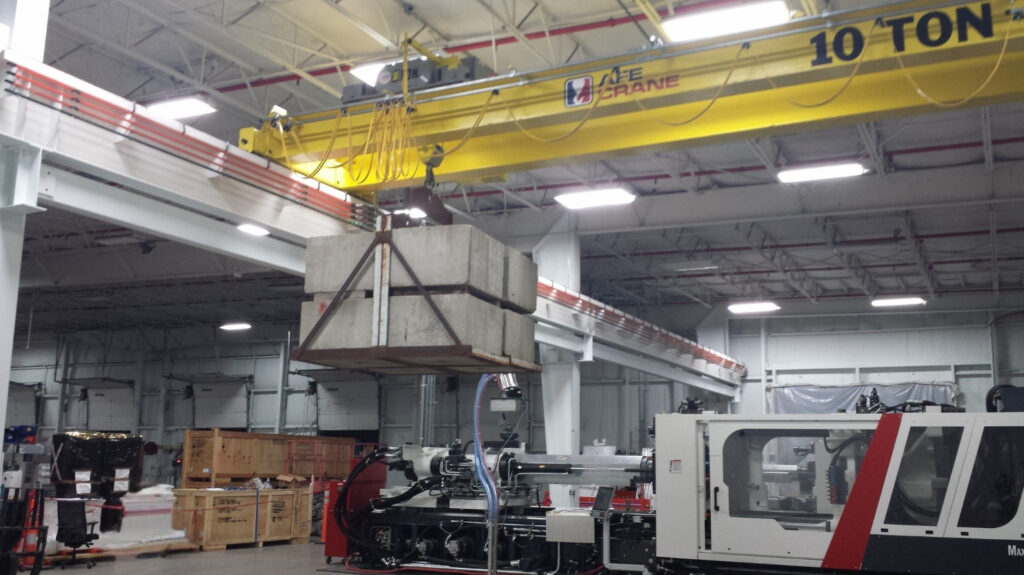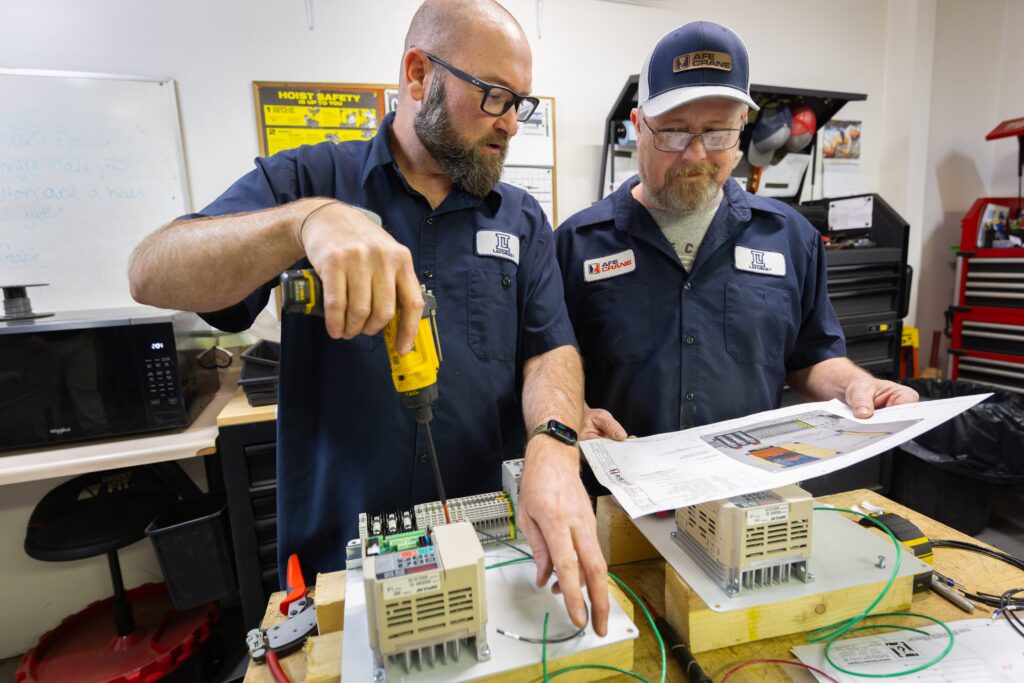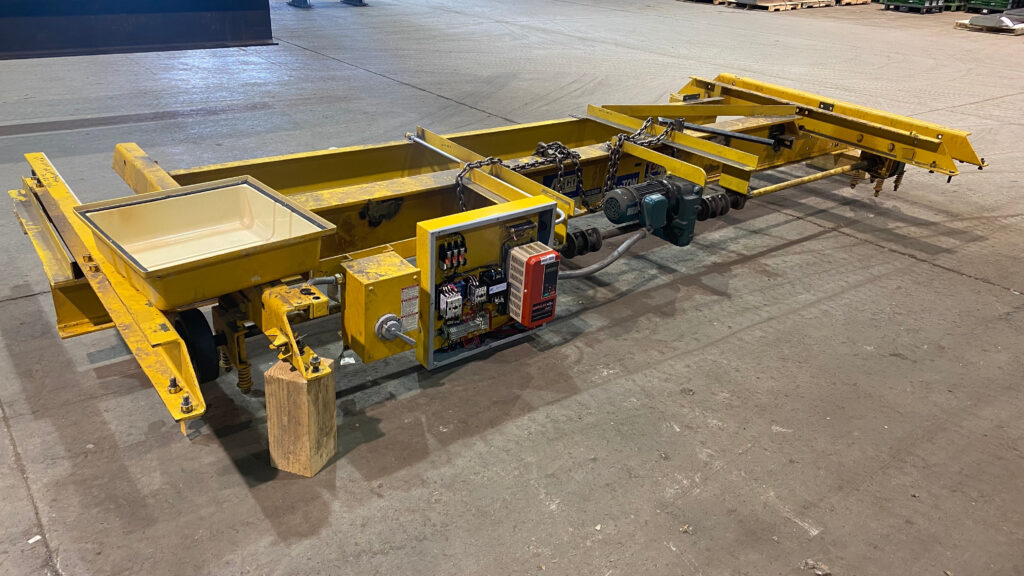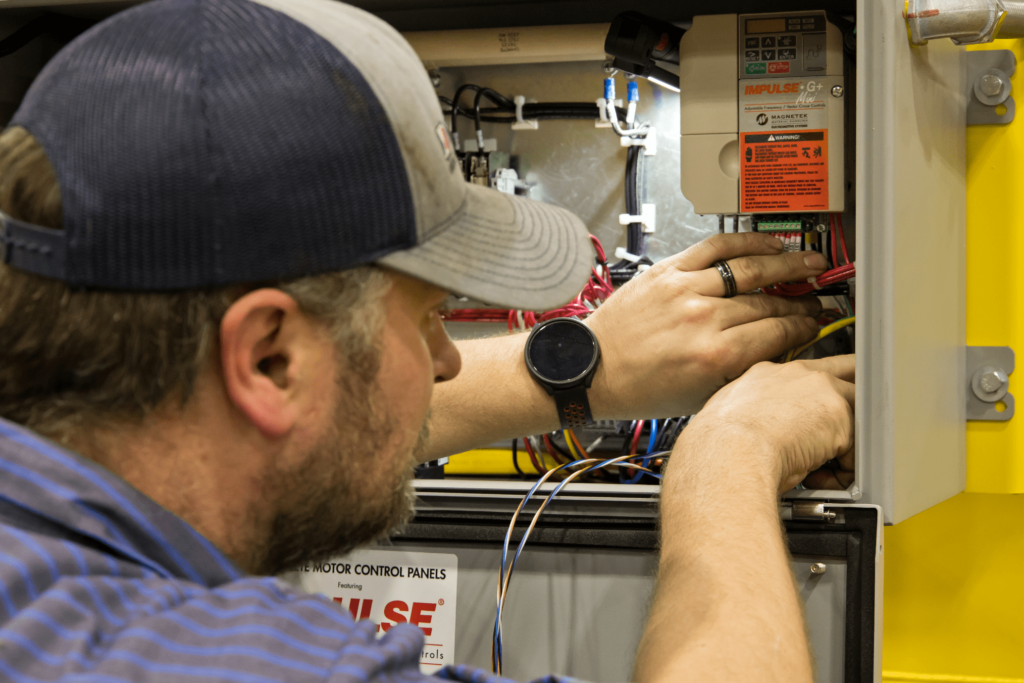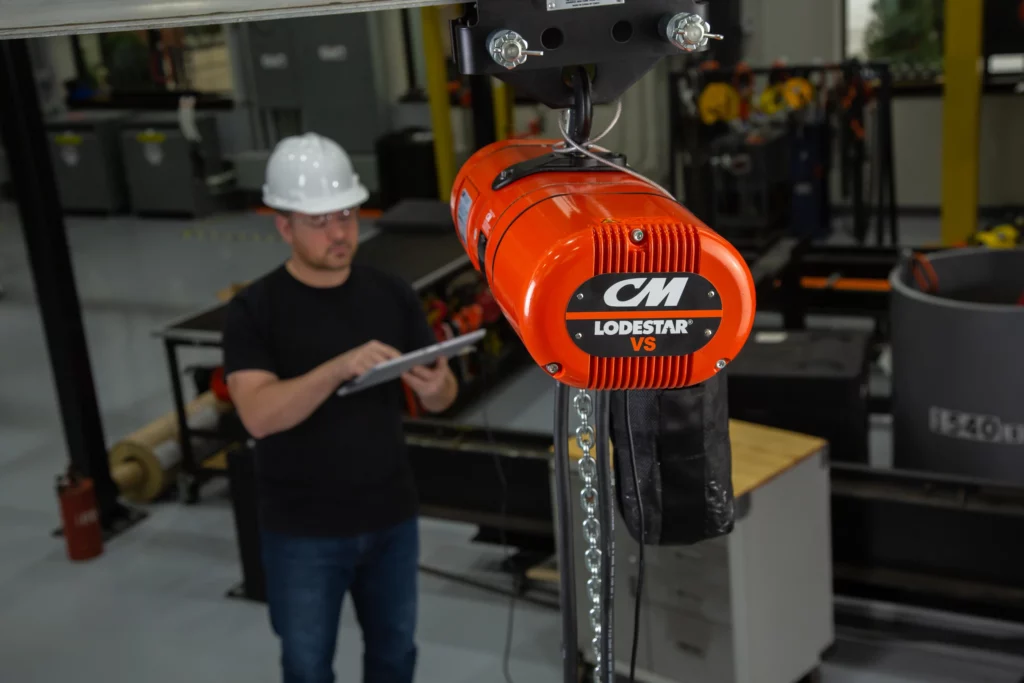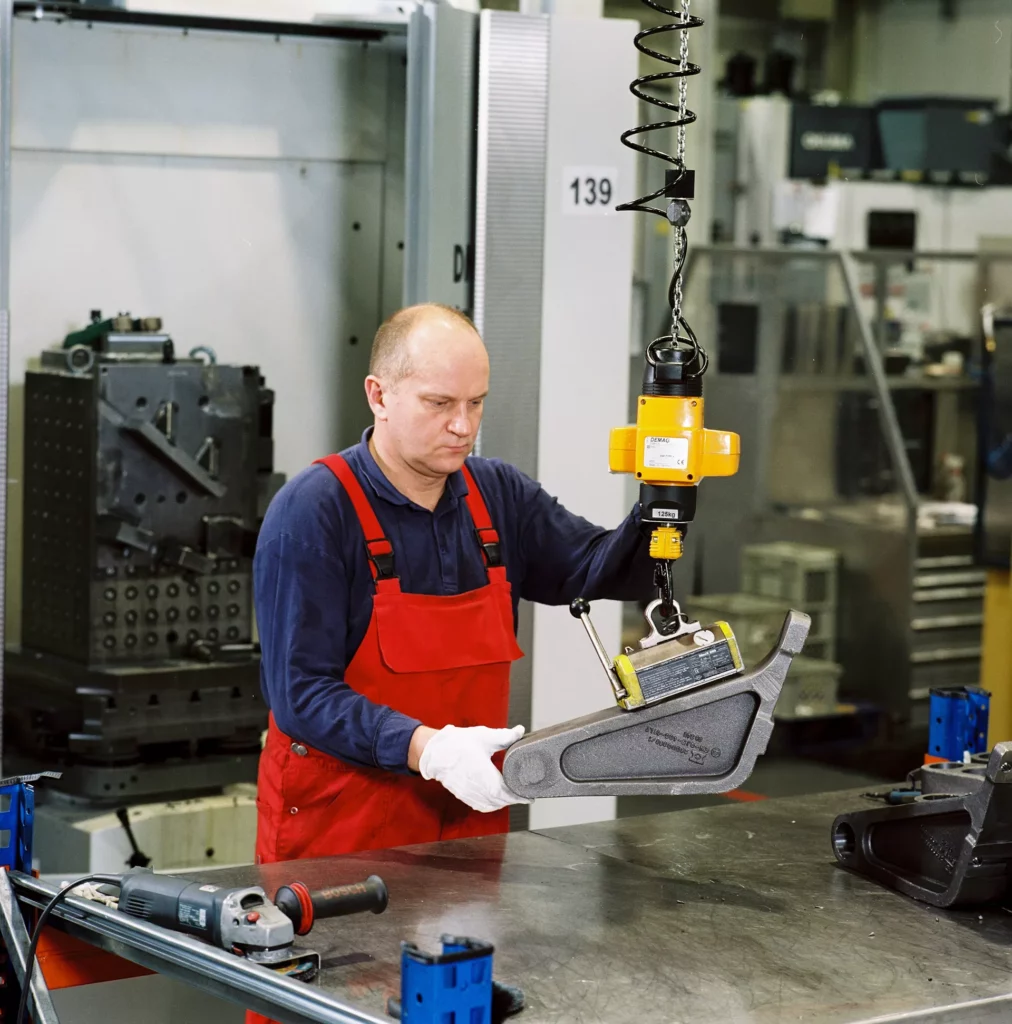Overhead lifting operations are an essential part of many workplaces, designed to protect workers from injuries associated with heavy lifting. However, improper hoist operation can turn material handling into a dangerous and costly activity. To ensure a safe and efficient work environment, it is crucial to follow proper hoist safety practices.
Here is a list of 10 essential hoist safety reminders, brought to you by Acco, to keep in mind when lifting with an overhead crane.
1. Know Your Hoist
Selecting the right hoist for the job is the first step to safe operation. Operators should:
- Understand the hoist’s rated capacity and never exceed it.
- Familiarize themselves with the operating instructions and limitations.
- Be aware of what could cause hoist failure and unsafe conditions.
Reading the instruction manual for your hoist is an essential first step toward safe lifting.
2. Inspect Your Hoist Daily
Before use, inspect the hoist and its components for any signs of damage or wear. Pay close attention to:
- Hooks: Check for twists, gouges, or cracks. Ensure the safety latches are functional.
- Load chain or wire rope: Look for frayed or crushed links and signs of excessive wear.
- Brakes and limit switches: Ensure they are in proper working condition.
- Lubrication: Keep moving parts properly lubricated to prevent malfunction.
A daily inspection ensures the hoist remains safe and reliable for operation.
3. Never Use a Damaged Hoist
A damaged hoist should never be used under any circumstances. If an inspection reveals any defects, immediately remove it from service and report it to a supervisor. Using a damaged hoist puts both personnel and equipment at serious risk of failure.
4. Rig Each Load as If Your Life Depends on It – Because It Might
Proper rigging techniques are critical to safe lifting. Follow these guidelines:
- Ensure the upper suspension is securely supported.
- Never wrap a load chain or wire rope over sharp edges.
- Avoid using the load hook as a sling.
- Do not side-load the hoist, as it can cause instability and failure.
- Keep at least 7 feet of clearance above the load when lifting.
Improper rigging can lead to load drops, swings, or sudden shifts, endangering everyone nearby.
5. Never Overload a Hoist
Overloading a hoist is a major cause of equipment failure. To avoid accidents:
- Always check the hoist’s load limit before use.
- Use a load indicator to verify the weight when necessary.
- Be cautious when lifting loads that feel too heavy for manual hoists.
An overloaded hoist can fail catastrophically, resulting in injuries, equipment damage, and production downtime.
6. Never Lift with a Twisted Load Chain
A twisted load chain can cause serious damage to the hoist, including:
- Chain guide failure
- Load wheel pocket damage
- Capped hook block malfunction
Always inspect the load chain for twists or kinks before operation. A properly aligned load chain ensures smooth and safe lifting.
7. Never Operate a Hoist to Its Extreme Limits
Hoists should never be operated beyond their designed travel limits. Excessive travel can:
- Cause hook block collisions with the drum or floor.
- Lead to wire rope spooling issues and potential damage.
Stopping before the hoist reaches its extreme limits ensures prolonged equipment life and prevents safety hazards.
8. Be Alert at All Times
A distracted operator is a dangerous operator. When lifting or moving a load:
- Always stay aware of surroundings.
- Ensure the path is clear of obstacles and personnel.
- Never let the hoist collide with other objects.
- Plan where to place the load before lifting to avoid unnecessary risks.
Remaining alert helps prevent workplace accidents and equipment damage.
9. Be Especially Careful in Welding Areas
When working in welding environments, extra precautions are needed:
- Never use the chain or wire rope as a ground.
- Keep hoists away from live electrodes.
- Ensure that hooks and chains do not come into contact with welding currents.
Electric currents can severely damage hoist components, leading to unexpected failures.
10. Above All, Use Common Sense
Safety is everyone’s responsibility. Follow these general guidelines:
- Never stand under a suspended load.
- Never allow others to walk beneath a lifted load.
- If a lift feels unsafe, stop immediately and reassess.
By prioritizing safety and using sound judgment, crane operators can prevent accidents and protect everyone in the workplace.
Final Thoughts
Safe hoist operation is critical for maintaining workplace safety and efficiency. By following these 10 hoist safety commandments, workers can prevent injuries, protect equipment, and ensure compliance with industry best practices.
For more safety tips and hoist-related guidance, contact your AFE Crane representative today!
